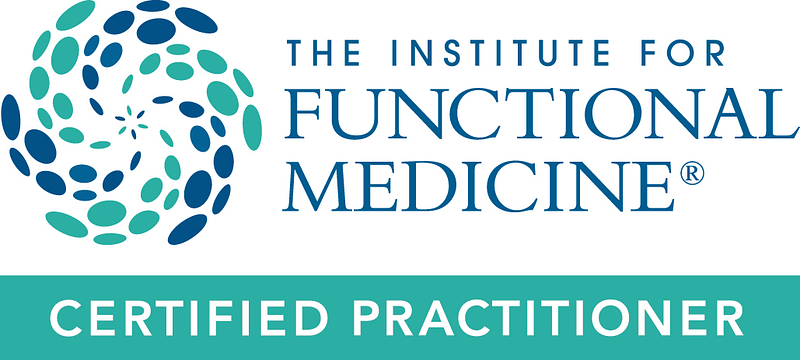The life expectancy according to the U.S. Department of Health and Human Services for a U.S. male in 1900 was 47.3 years. As of 1996 it was 73.0 years. This newfound longevity brings with it an opportunity to understand aging and develop medical approaches which can address sexual functioning of an aging man.
A physician who inquires about an aging male patients’ sexual health is finding that erectile dysfunction (ED) is a concern for many. ED is the persistent (greater than six months duration) difficulty in getting or maintaining an erection sufficient for intercourse. The subject of sexual functioning in men has not been adequately addressed in the past in medical schools. Men have their own version of menopause, called andropause, characterized by the decrease of hormones associated with aging. The symptoms of andropause include low energy, depression, lack of stamina, decreased libido, and irritability.
In the recent past, 90% of ED was thought to be caused by psychological factors. Now, 75-90% of ED is known to have a physical cause. (All ED will eventually have a psychological component however, even if it is primarily physically caused.) Healthy sexual functioning in a man has all the complexity of a NASA rocket launch, in that many systems have to coordinate and communicate with each other for liftoff to happen. The nervous, muscular, circulatory, and endocrine (hormonal) systems must all contribute. Not surprisingly, many of the same lifestyle risk factors that contribute to heart disease also contribute to ED. Alcohol and tobacco abuse, dehydration, lack of exercise, obesity, prescription drug use, poor diet, chemical exposures, and declining hormone levels of aging all add up to a greater likelihood of ED becoming a problem for a man.
Both men and women have testosterone and estrogen . . . women just a little bit of testosterone, and men just a little bit of estrogen, if healthy. That small quantity of estrogen in a man is thought to help regulate the production of testosterone, likely plays an important role in sexual arousal, and helps assures the production of healthy sperm. However, a healthy liver is needed to breakdown estrogen in men or it can accumulate to levels than can feminize a man.
Let’s take a closer look at the risk factor of alcohol use. Most men have likely noticed that their sexual ability will decrease after drinking alcohol. Many also know that the liver is often affected in those who abuse alcohol. What they may not know is that a liver already stressed by alcohol is less able to break down estrogen. Gynecomastia, or breast enlargement, in men who drink too much alcohol is common, and the cause is elevated estrogen. Excess estrogen in a man can interfere with healthy erections.
Many prescription drugs and recreational drugs can also contribute to ED. The more commonly implicated drugs are beta-blockers often given for heart disease, diuretics to help the body get rid of excess fluid, and a class of drugs called serotonin reuptake inhibitors used to treat depression. Do not, of course, discontinue prescription medications without consulting your physician.
There is no need to just grin and bear ED. The natural medical approach to treating ED addresses lifestyle modification, which, when combined with the prescribing of natural hormone replacement therapy, can help an aging man regain vitality, an enthusiastic feeling about life, and help restore sexual functioning.








